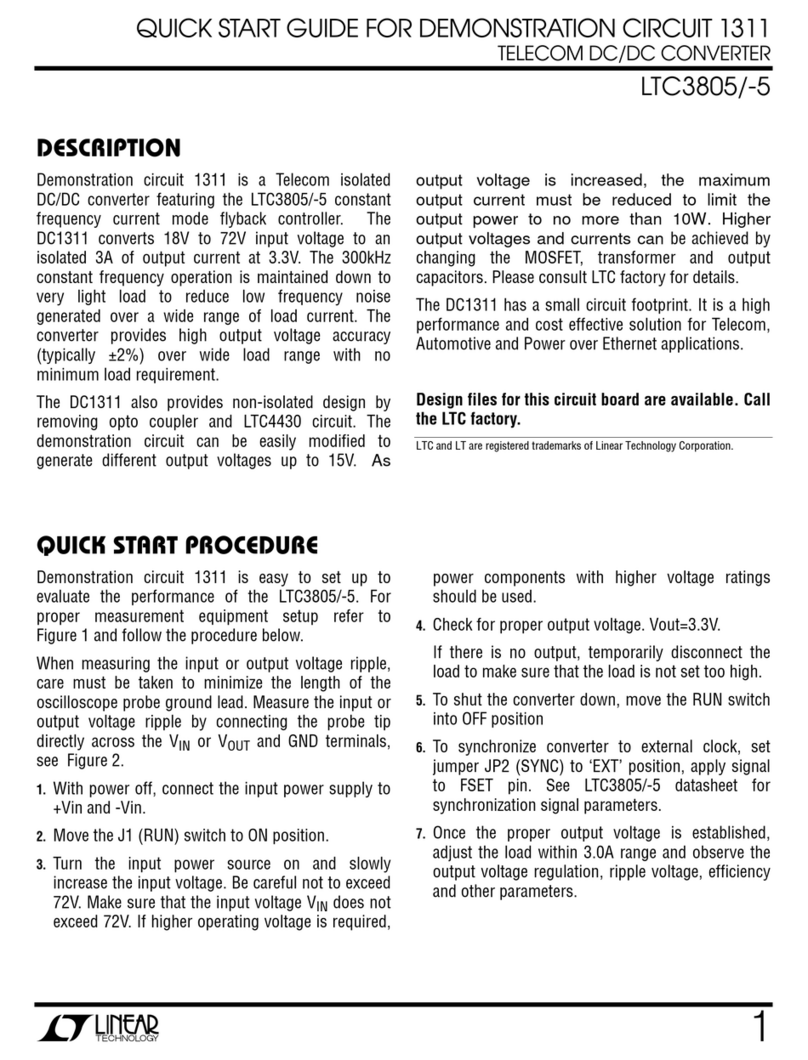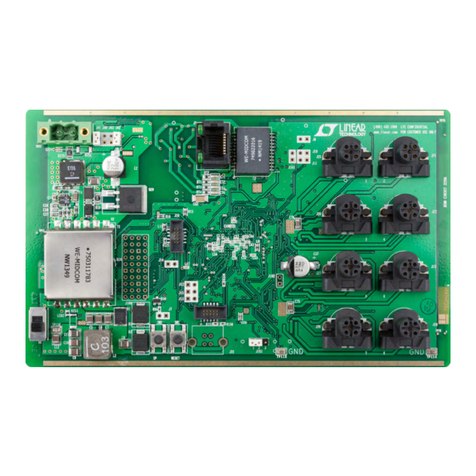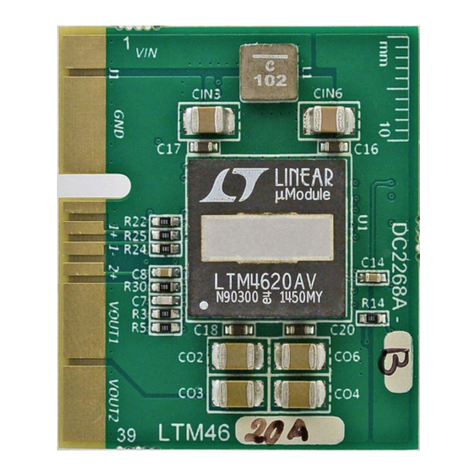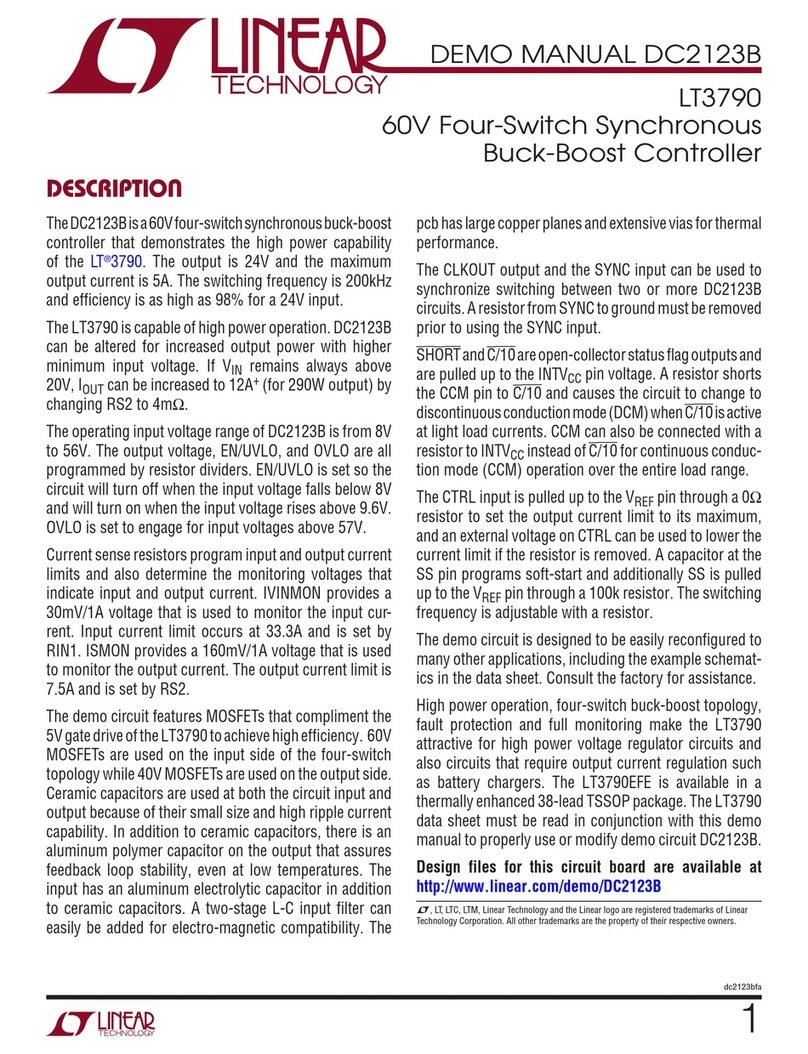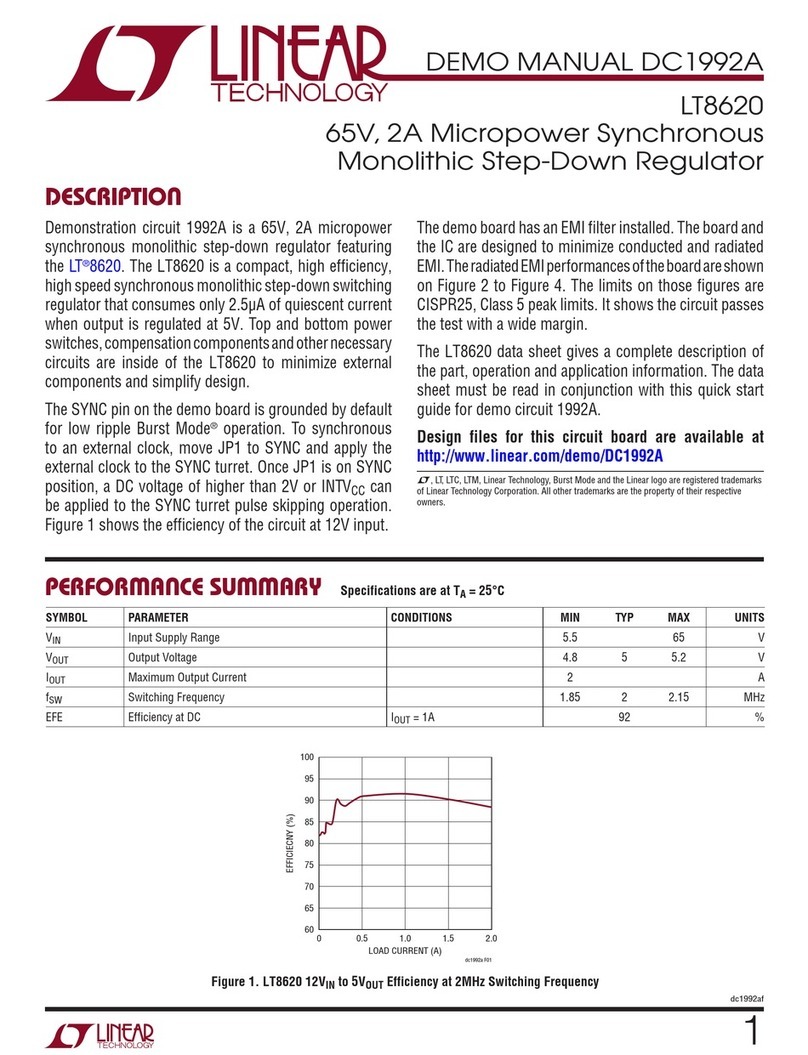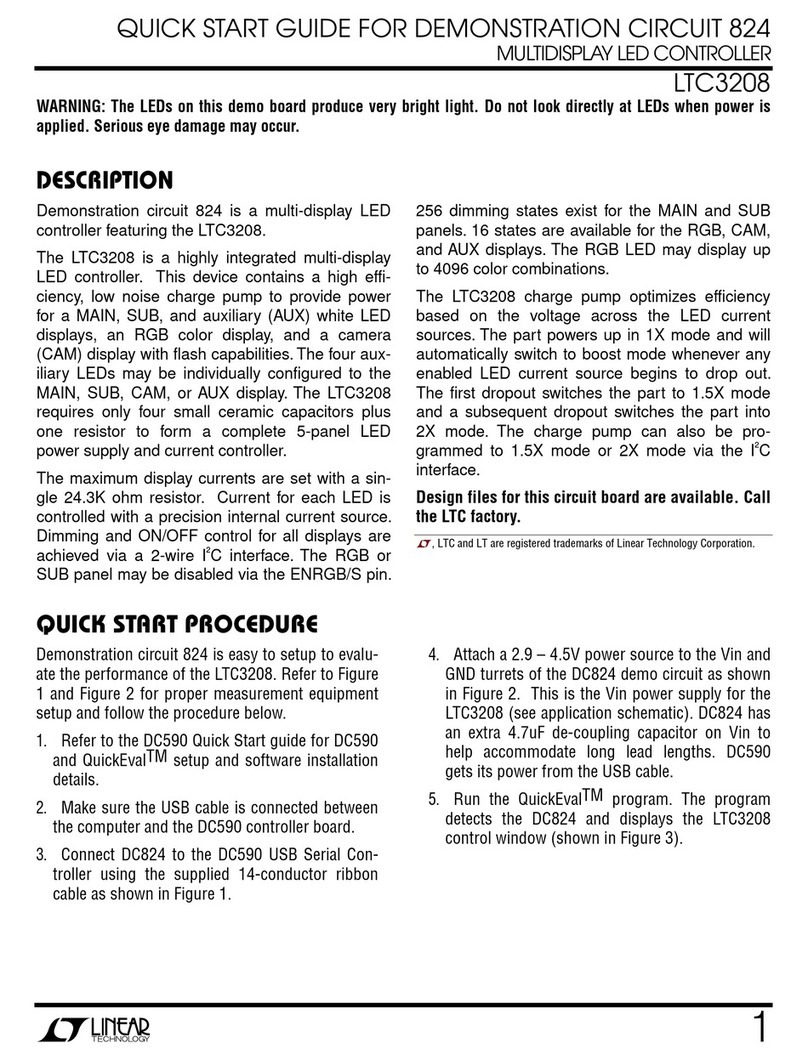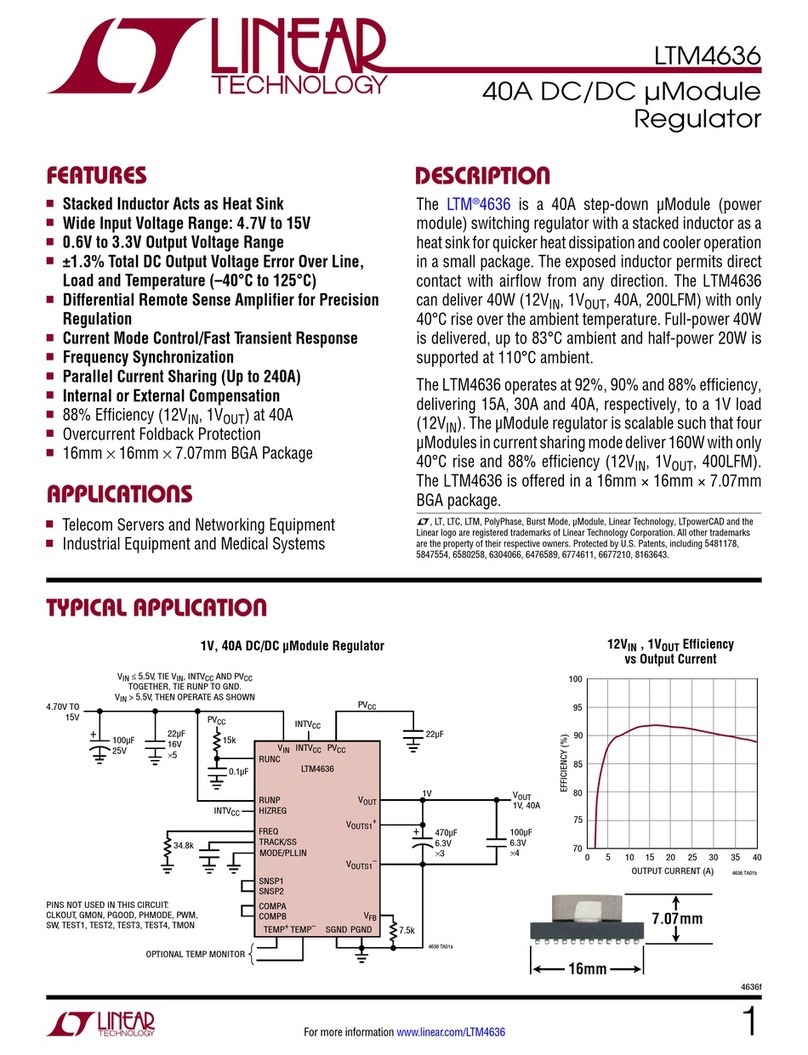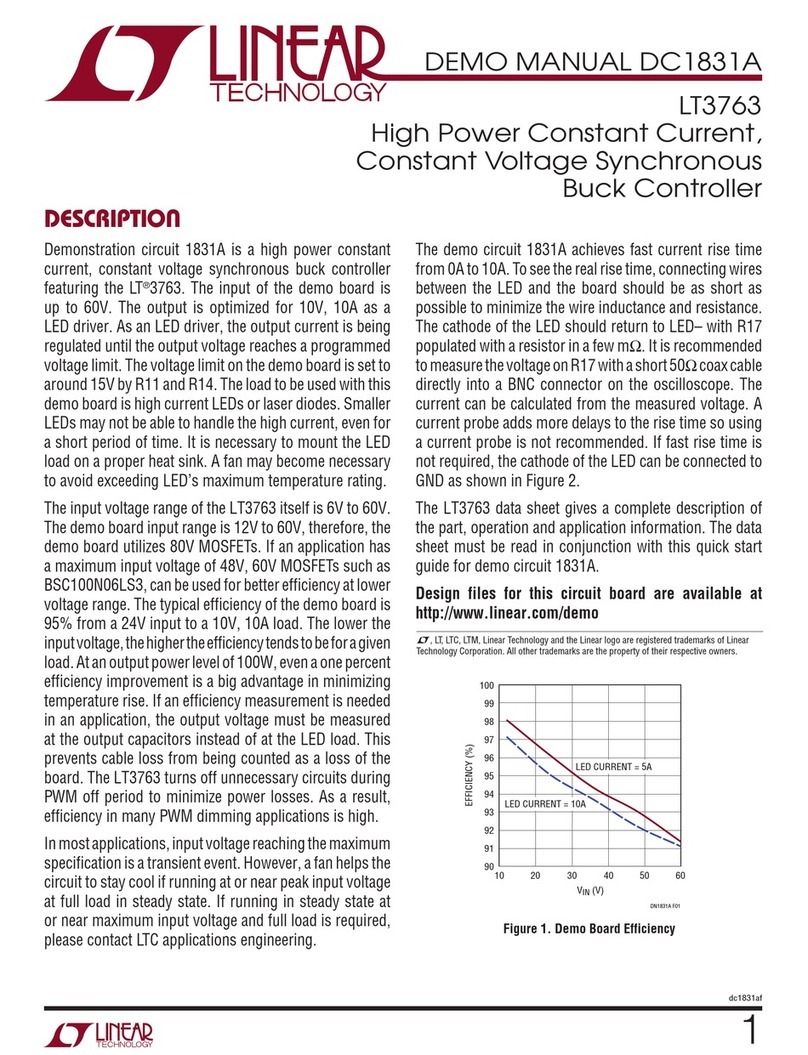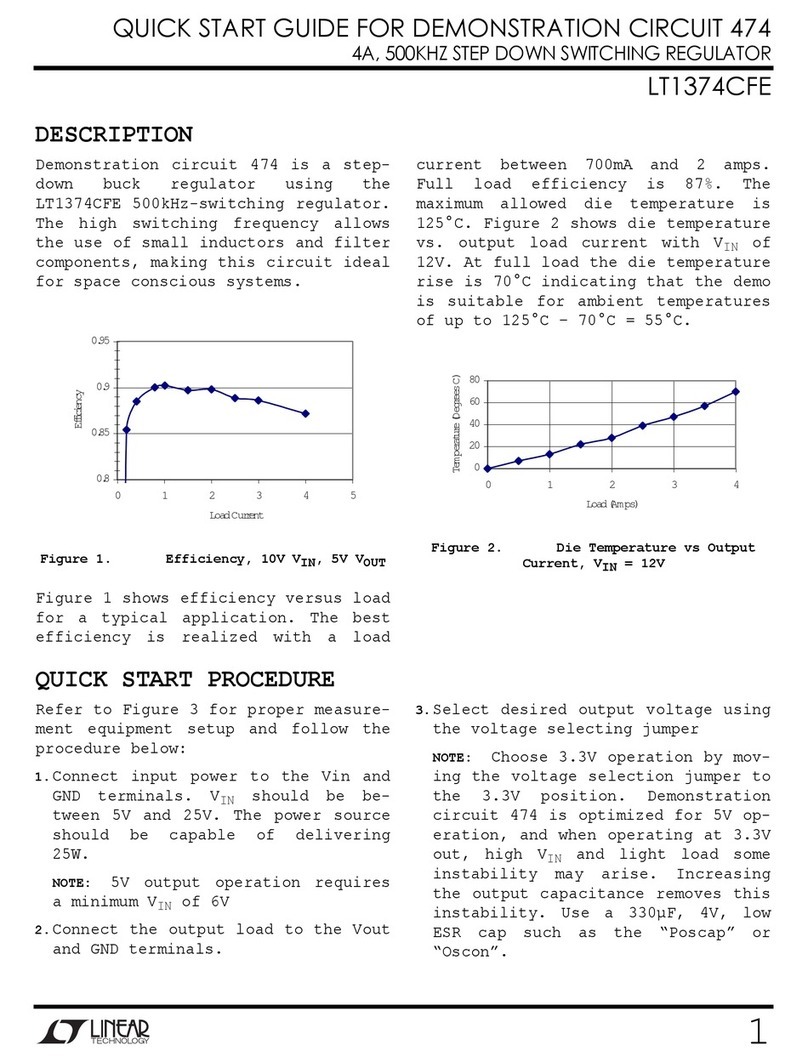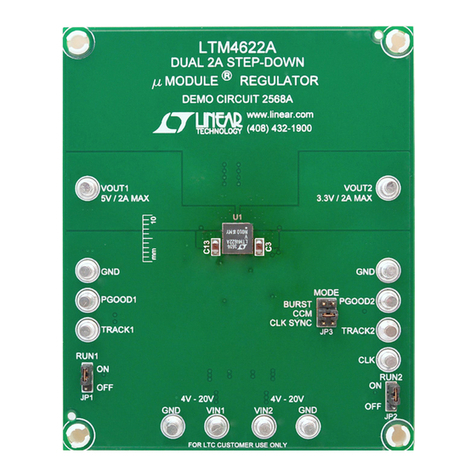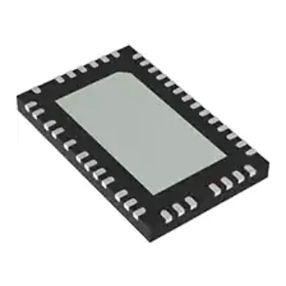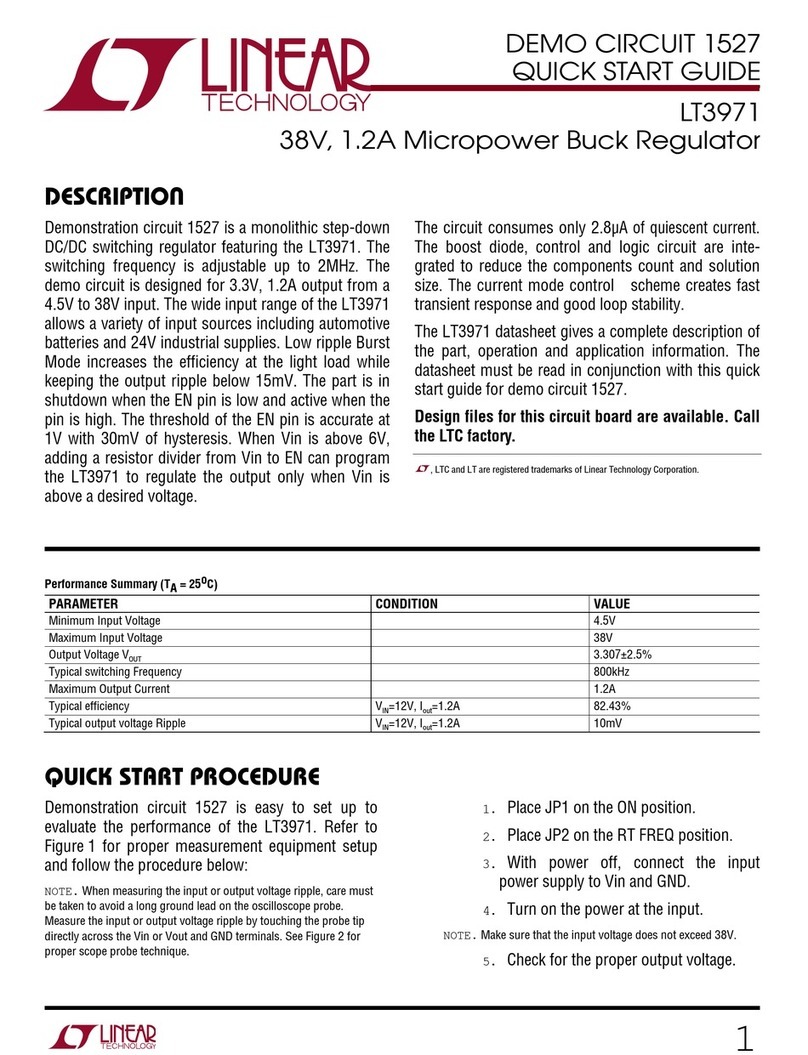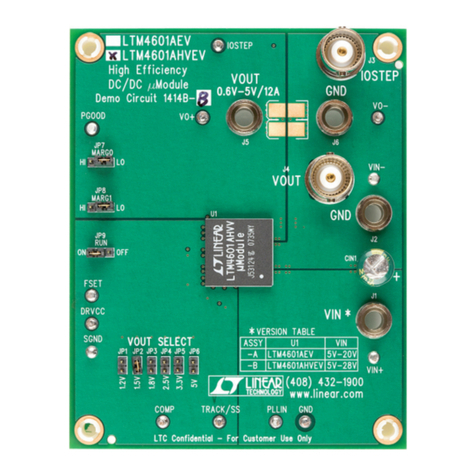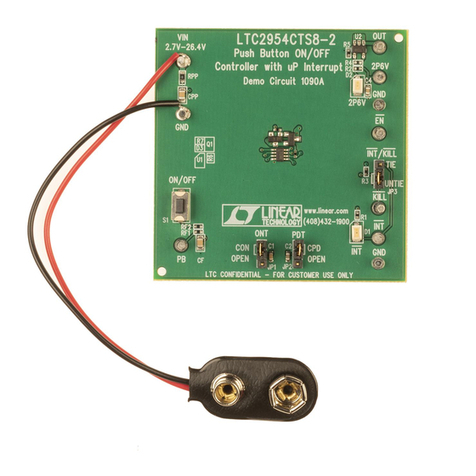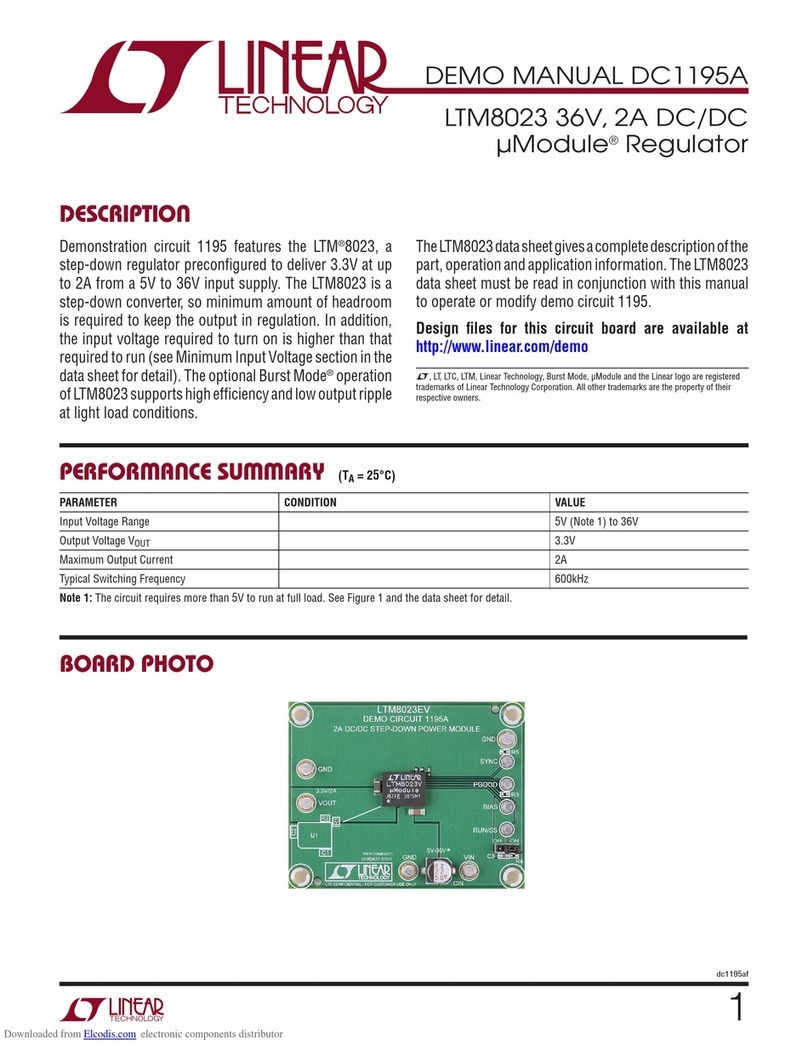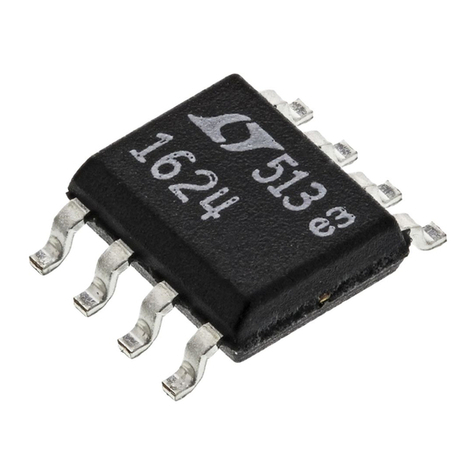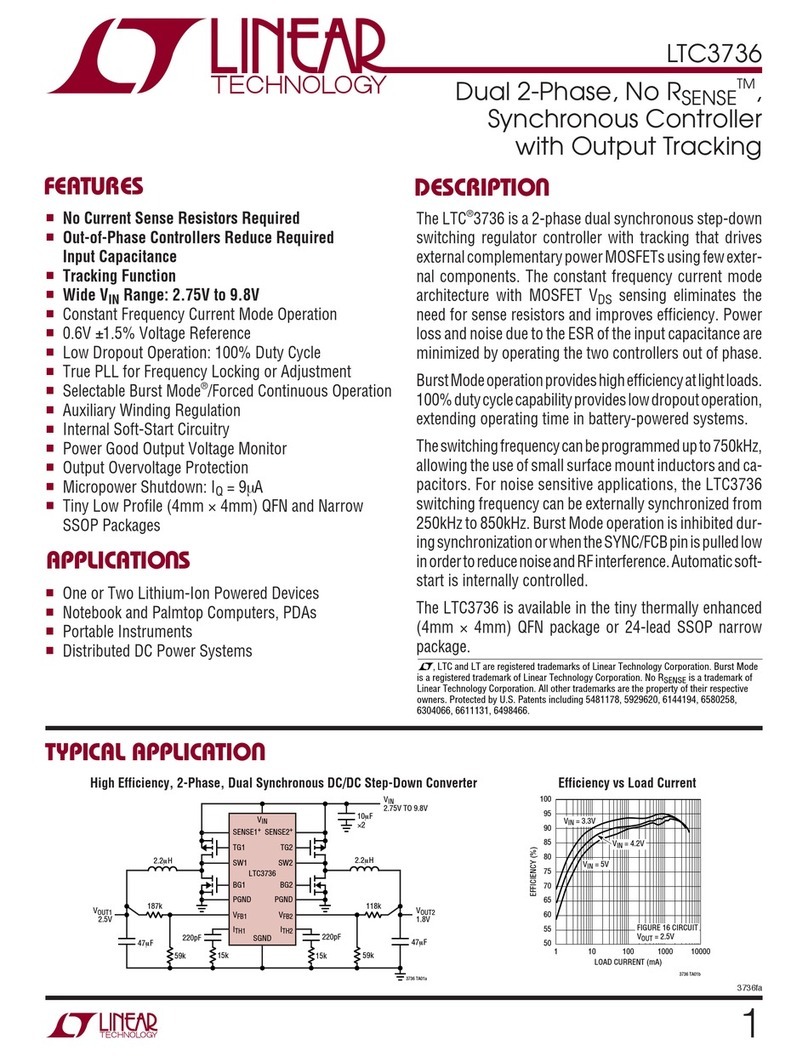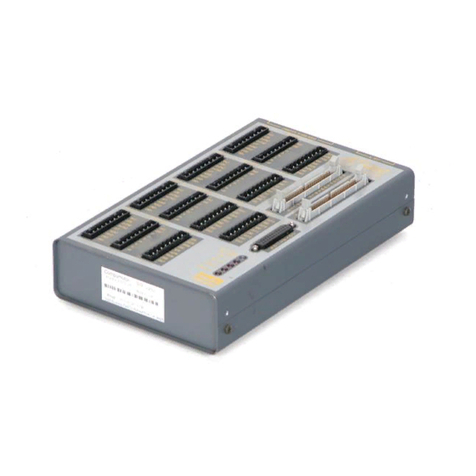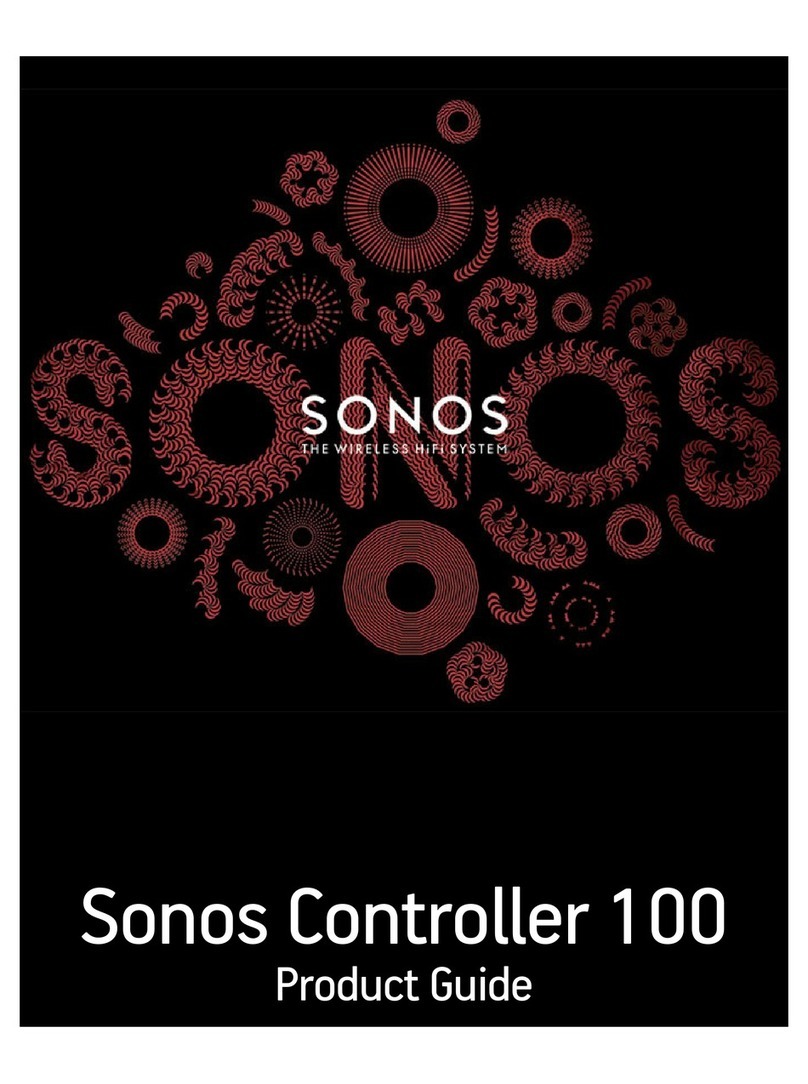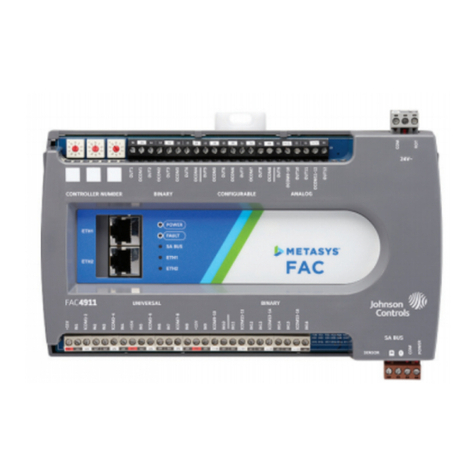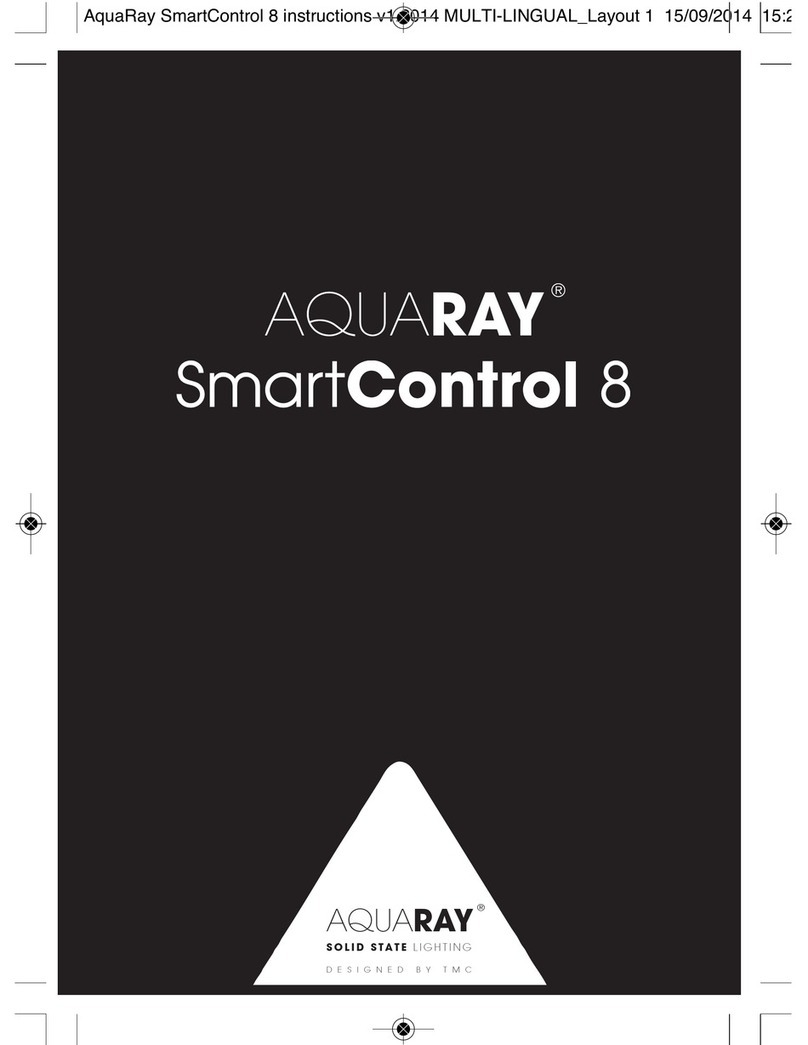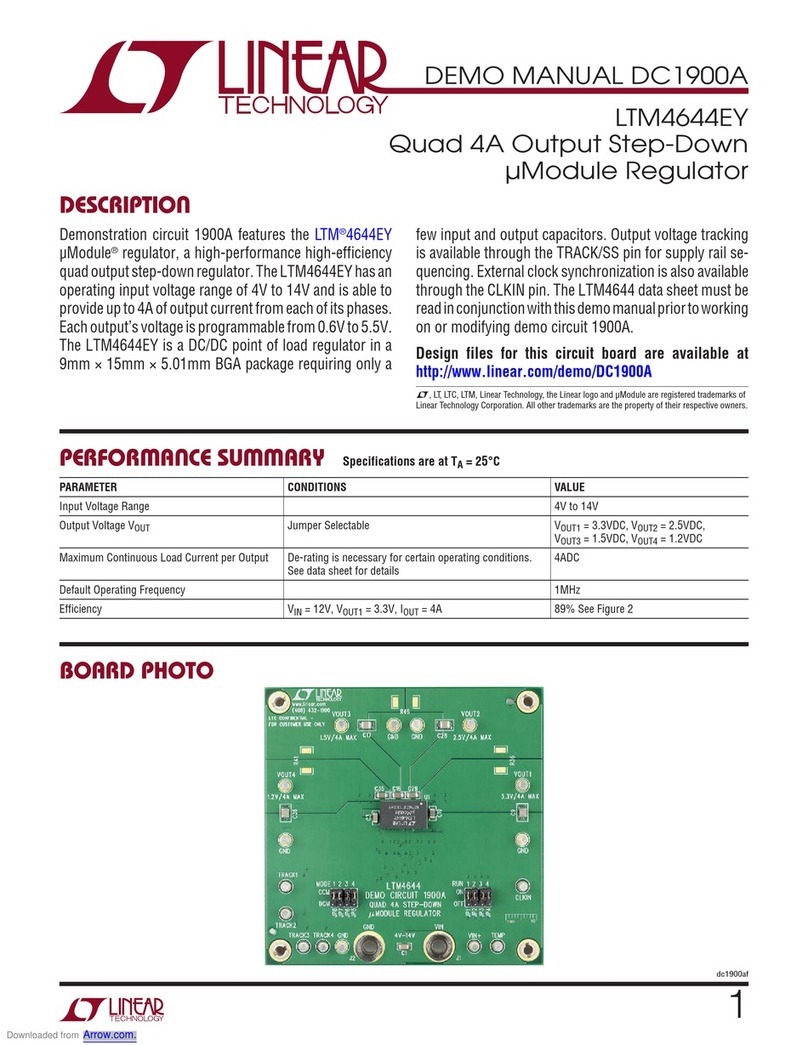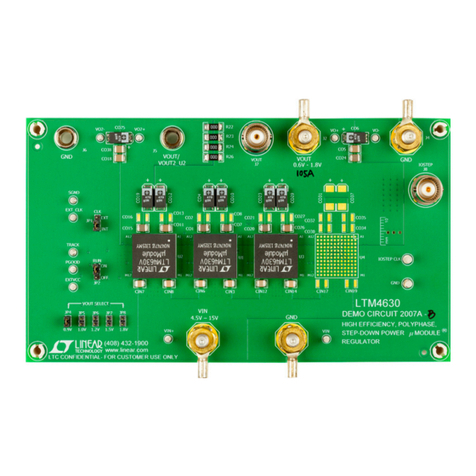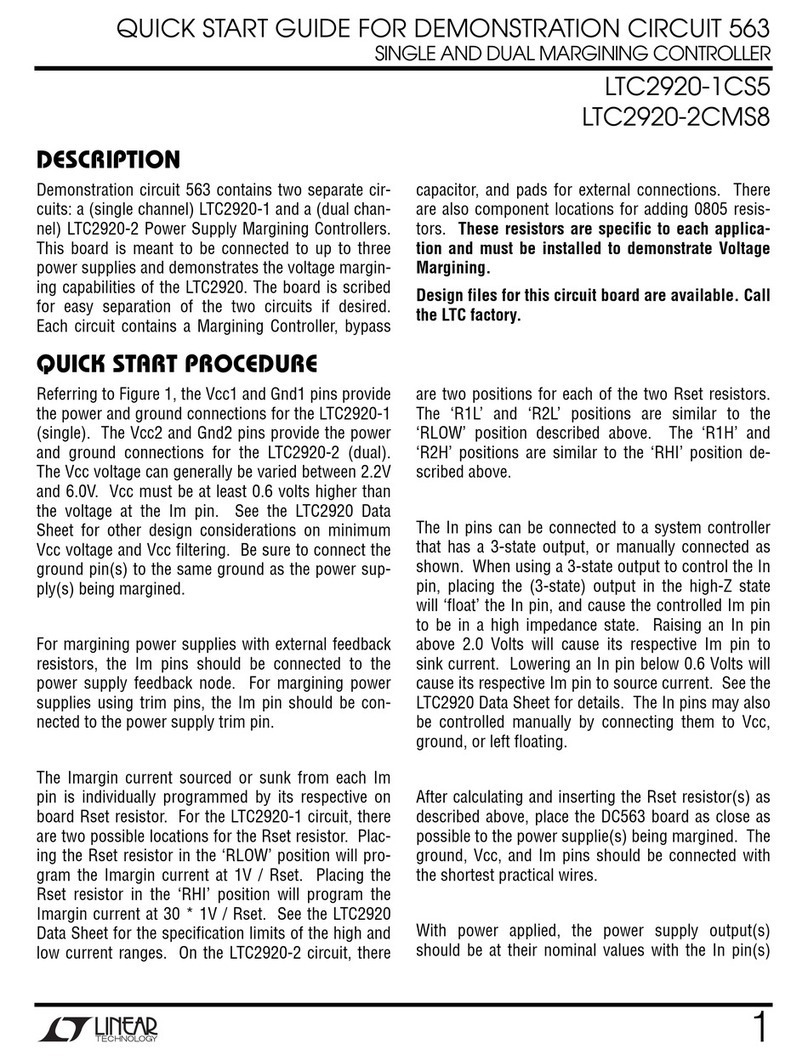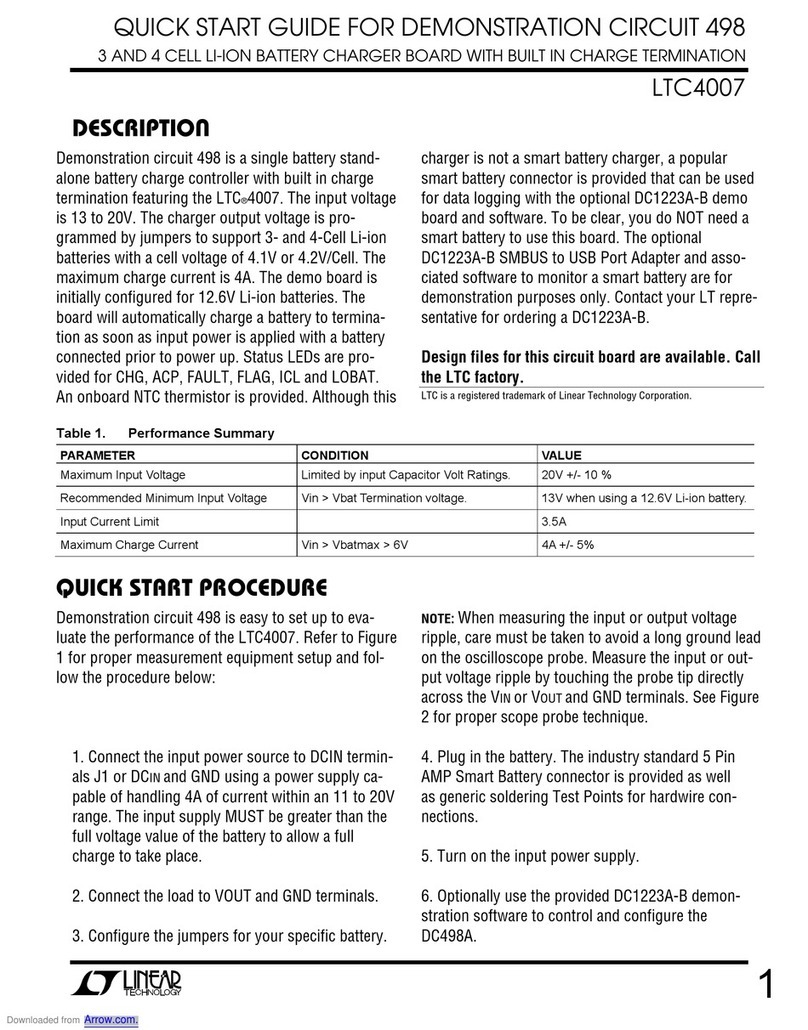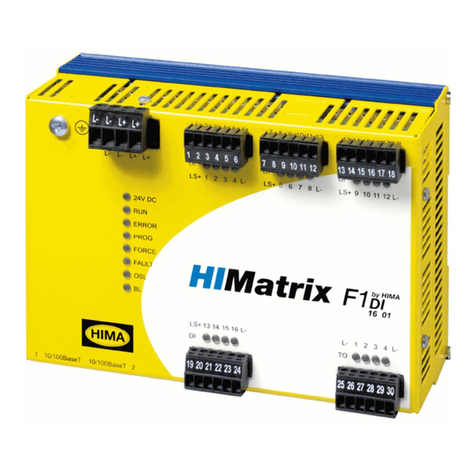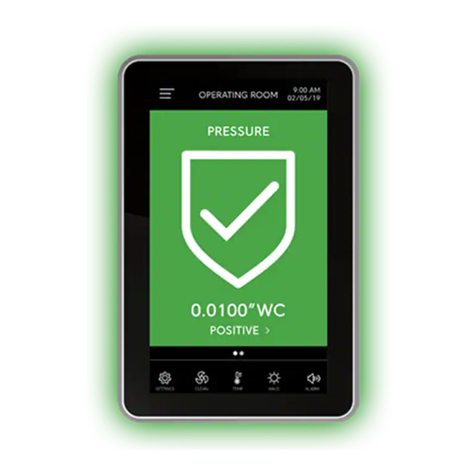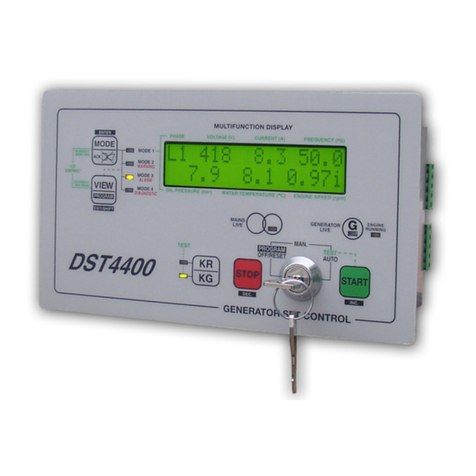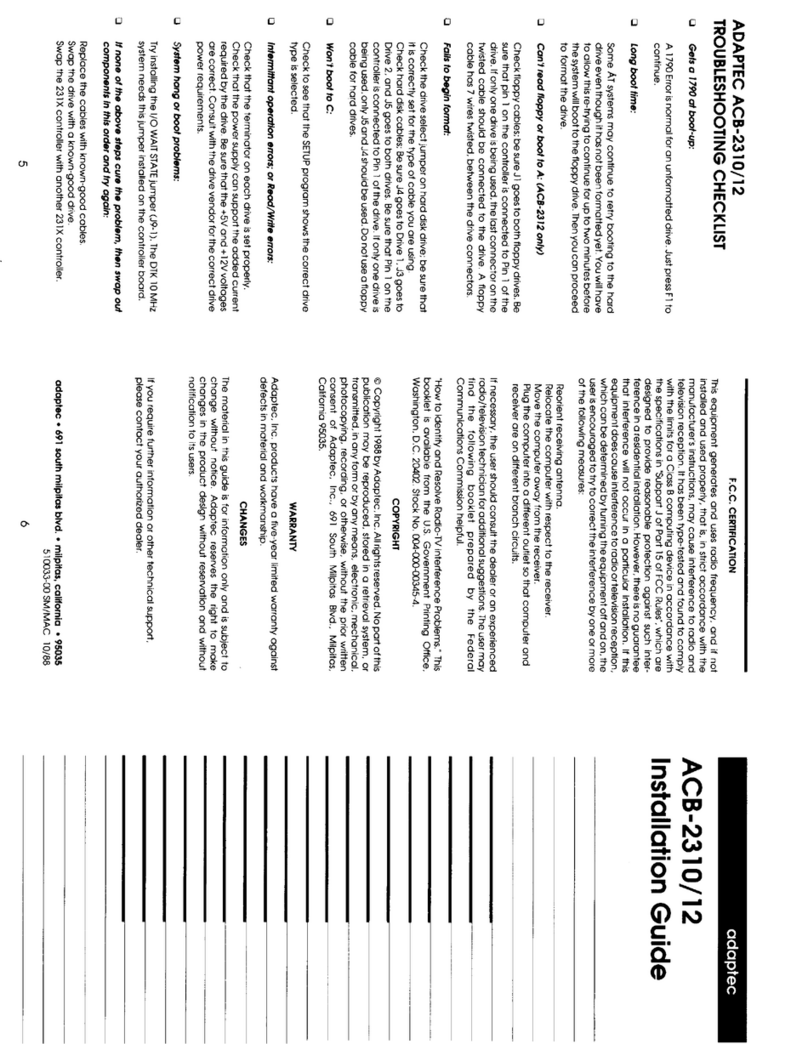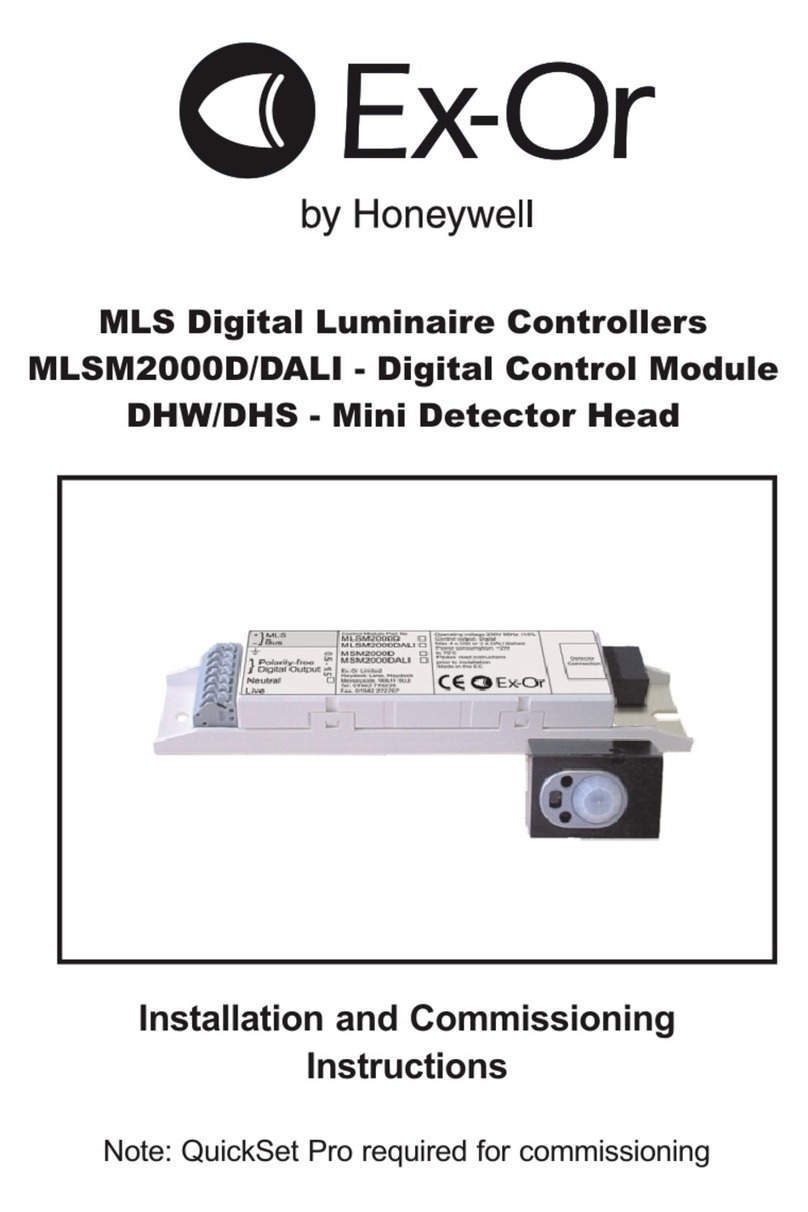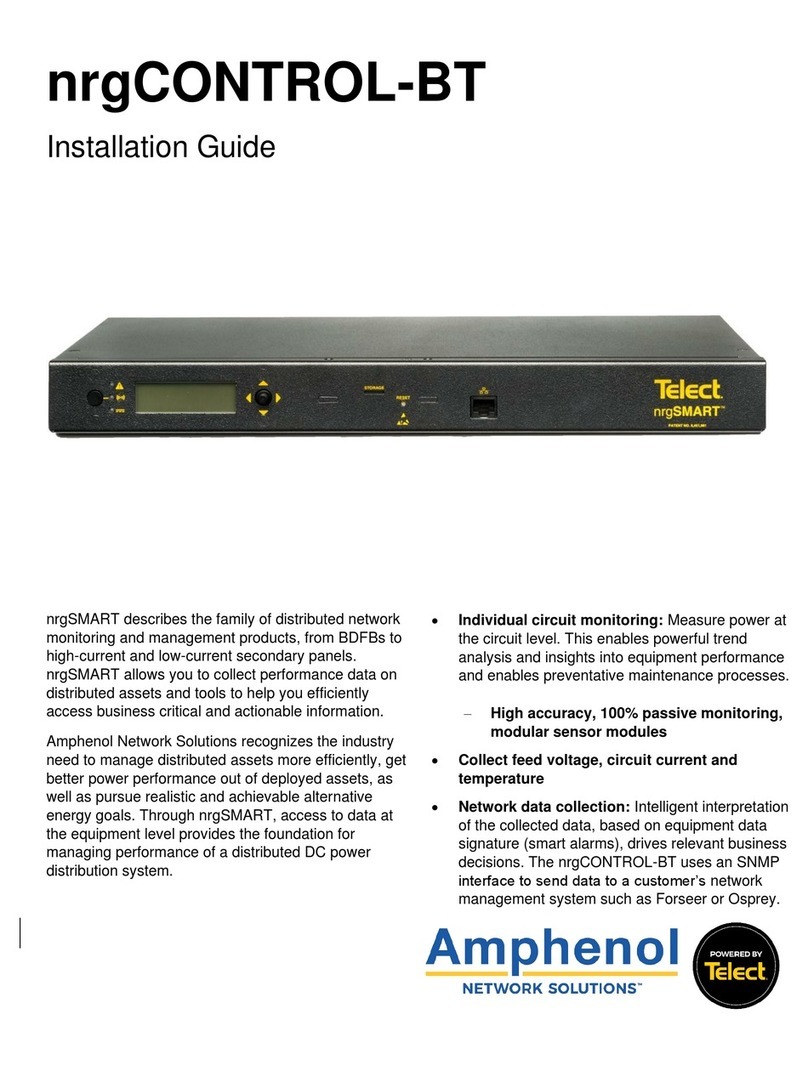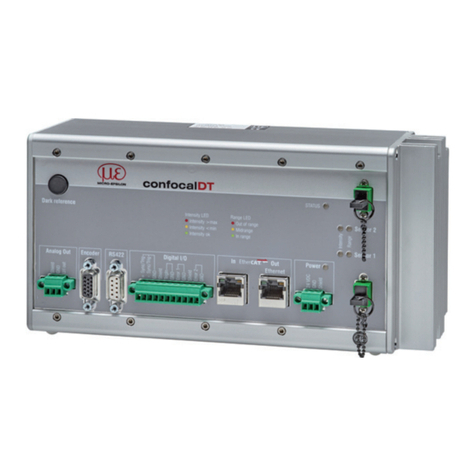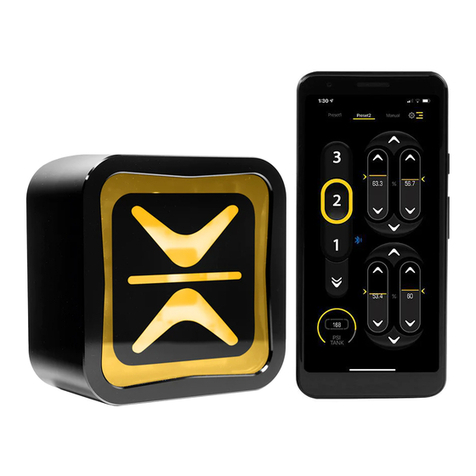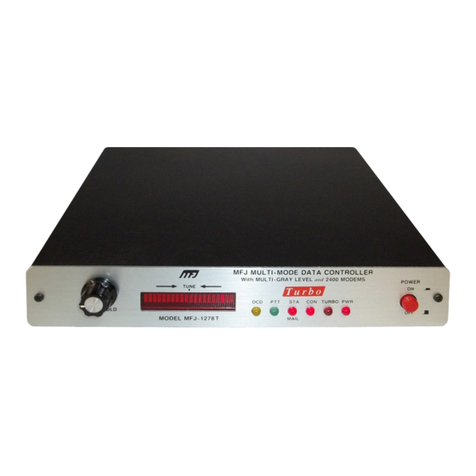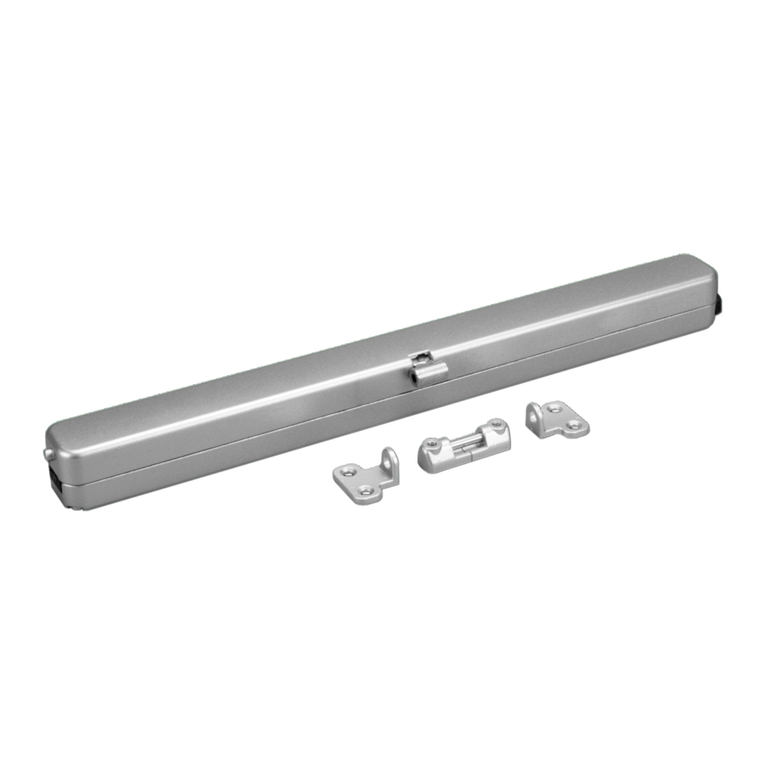
LTC5100
19
sn5100 5100fs
monitorphotodiode current.In eachcase thefundamental
calculation is the same. The LTC5100’s digital controller
multiplies the nominal value of the quantity (I
B
, I
M
or I
MD
)
byaquadratic function oftemperature.Temperature mea-
surements are supplied either by an on-chip temperature
sensor or by an external microprocessor, according to the
setting of Ext_temp_en. The general temperature com-
pensation formula is:
I = I_nom • (TC2 • 2
–18
• ∆T
2
+ TC1 • 2
–13
• ∆T + 1) (12)
where I is the digital representation of the laser bias
current, modulation current or monitor diode current (I
B
,
I
M
or I
MD
).
Whenusingtheinternaltemperaturesensor(Ext_temp_en
= 0), the temperature measurements are taken by the on-
chip ADC, and ∆T is the change in the LTC5100 die tem-
perature relative to a user defined nominal temperature:
∆T = T_int_adc – T_nom (13)
Whenusinganexternaltemperaturesource(Ext_temp_en
= 1), the temperature measurements are provided in
digitalformby a microprocessororhostcomputer and ∆T
is the change in temperature relative to a user defined
nominal temperature:
∆T = T_ext –T_nom (14)
T_int_adc,T_ext,andT_nomare10-bit,unsignednumbers
scaledat0.5K/LSB.Themaximumtemperaturethatcanbe
represented is therefore 2
10
• 0.5°K = 512°K or 239°C.
TC1 and TC2 are the first and second order temperature
coefficients. They correspond to the registers Im_tc1 and
Im_tc2 for modulation current, Ib_tc1 and Ib_tc2 for bias
current and Imd_tc1 and Imd_tc2 for monitor diode
current. In each case TC1 and TC2 are 8-bit signed
numbers in two’s complement format. The range of the
temperature coefficients is therefore –128 to +127. When
TC1 is multiplied by its weighting coefficient of 2
–13
in
Equation 12, the effective value of the first order tempera-
ture coefficient is 122ppm/°C per LSB. The full-scale
range is approximately ±15500 ppm/°C. When TC2
is
multiplied by its weighting coefficient of 2
–18
in Equation
12, the effective value of the second order temperature
coefficientis3.81ppm/°C
2
perLSB.The full-scale range is
approximately ±484 ppm/°C
2
.
Note that Equation 12 is applied to the digital representa-
tion of the currents, not the physical current themselves.
This is a particularly important point where monitor diode
currentis concerned,because thedigital representationof
the monitor diode current is the logarithm of the current.
Thus the temperature compensation is of the logarithm of
the monitor diode current and not the current itself.
Notation Used for Registers and Bit Fields
The LTC5100 has a large set of registers, many of which
aresubdividedinto fieldsofbits. Register namesaregiven
in all capitals (SYS_CONFIG) and bit fields are given in
mixed case (Apc_en). For example, the bit that enables
AutomaticPowerControlmodeiscontainedintheSystem
Configuration register. This bit is denoted by:
SYS_CONFIG.Apc_en
In many cases this bit field will simply be referred to as
“Apc_en.”
The functional diagrams of Figure 3 and Figure 4 show
registers and bit fields within registers between horizontal
bars. For example, the “Data” field in the ADC register is
shown as:
USER_ADC.Data
A write operation to this register is shown as:
A register read operation is shown as:
Peaking
Range Selection for the Source
and Modulation Currents
Thesourceandmodulationcurrentseachhavefourranges
of operation to optimize ADC and DAC resolution as well
as high frequency performance. The source current range
iscontrolledbytwobitscalledIs_rng.Similarly,themodu-
lationcurrentrangeiscontrolledbytwobitscalledIm_rng.
Themaximumcurrentthatcanbedeliveredisproportional
to the range, so the current output is 1, 2, 3 or 4 times the
typical base value of 9mA for the source current and
4.5mA for the average modulation current or 9mA peak-
to-peak.
OPERATIO
U




















